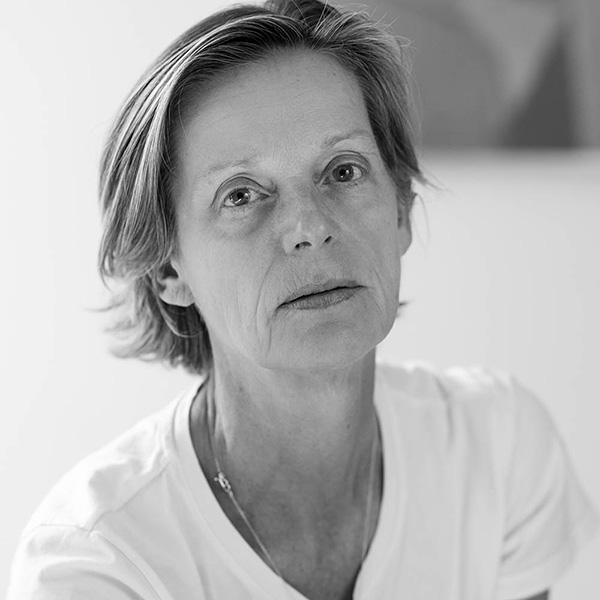Raised In Antwerp, Belgium, MG Vander Elst is a Fine Art Photographer and holds a Certificate of Photography from The Portfolio Center in Atlanta, Ga. She worked as a photographer’s assistant in NYC and developed her Portraiture work which later expanded to include, still life, abstract and landscape work.
Art was all around her growing up in Antwerp, where she regularly visited the Ruben’s house, studied the Dutch Masters, and shared her parents love for Modern Art. The light, gesture and intimacy of the Dutch masters and the minimalism of modernists still influence her work.
MG’s fine art photography approach is intuitive, stemming from an idea or an emotion. Whether photographing landscape, florals or abstracts she tries to make visible what is invisible, pursuing that intimate moment between inhale and exhale.
Statement
MG’s latest work in florals, still life and abstract work all stem from the same place, a place of loss, identity and forging ahead.
Letting go
"Floral images are my new center, I use flowers that I encounter in my neighborhood and local shops, it is no surprise to learn that these flowers embody the range of emotions I have been going through, like remembrance, growth, healing, refuge, and love. Through this process I am learning that photographing the simple lines and daintiness of these flowers they become an exercise in form, in juxtapositions and in letting go.
In closely observing the shifting shapes of these living forms, who then transition, mature, and wilt I witness the contrasting paradox in beauty when blossoming or dying combined with their shaggy stalk and the petal’s ethereal texture which generates this visual dissonance that captivate me.
I am not frozen and no longer afraid, but instead I am finding a rise of energy in this newfound freedom of moving in a place I have never been."
Finding my Way
"At the onset of the Pandemic, I lost my mother, simultaneously, my eldest son was preparing to leave for college.
With the loss of my mother, I became the adult, the matriarch. The guidance I trusted and the intimacy I relied on was gone, that comfort of being the child vanished. With the anticipation of my son’s departure, I was thrusted into an uncharted emotional landscape, one where I felt undefined as a mother and did not know how to move forward.
So, returning to myself and turning the camera onto my body is my way forward. By abstracting my body, I examine the shapes and textures of my form; in this pause, I am able to explore and chart my new emotional landscape. This way I am relearning who I am in order to know where I am going."
Conformity
"When I am creating still life’s in my own domestic spaces or in my studio. I am asking questions about my life today, as a woman, as mother and as a spouse. Whose ideas about myself am I conforming to? Why do I possess a pink razor, Is this herbal tea really soothing me? By calling attention to the everyday mundane possessions, we surround ourselves with, my intention is clear from the start. In certain instances, I juxtapose them with random objects, or I deliberately leave them by themselves. But by posing these objects in specific places I am adding a tension to the image and the one-dimensional image becomes a multi-dimensional exploration of the time we live in.
I am making room for consideration, focusing on what that object means to us and what it evokes in us and why we surround ourselves with it. I aim to create a pause."
AAP Magazine:
AAP Magazine 26 Shapes
Article
Silences